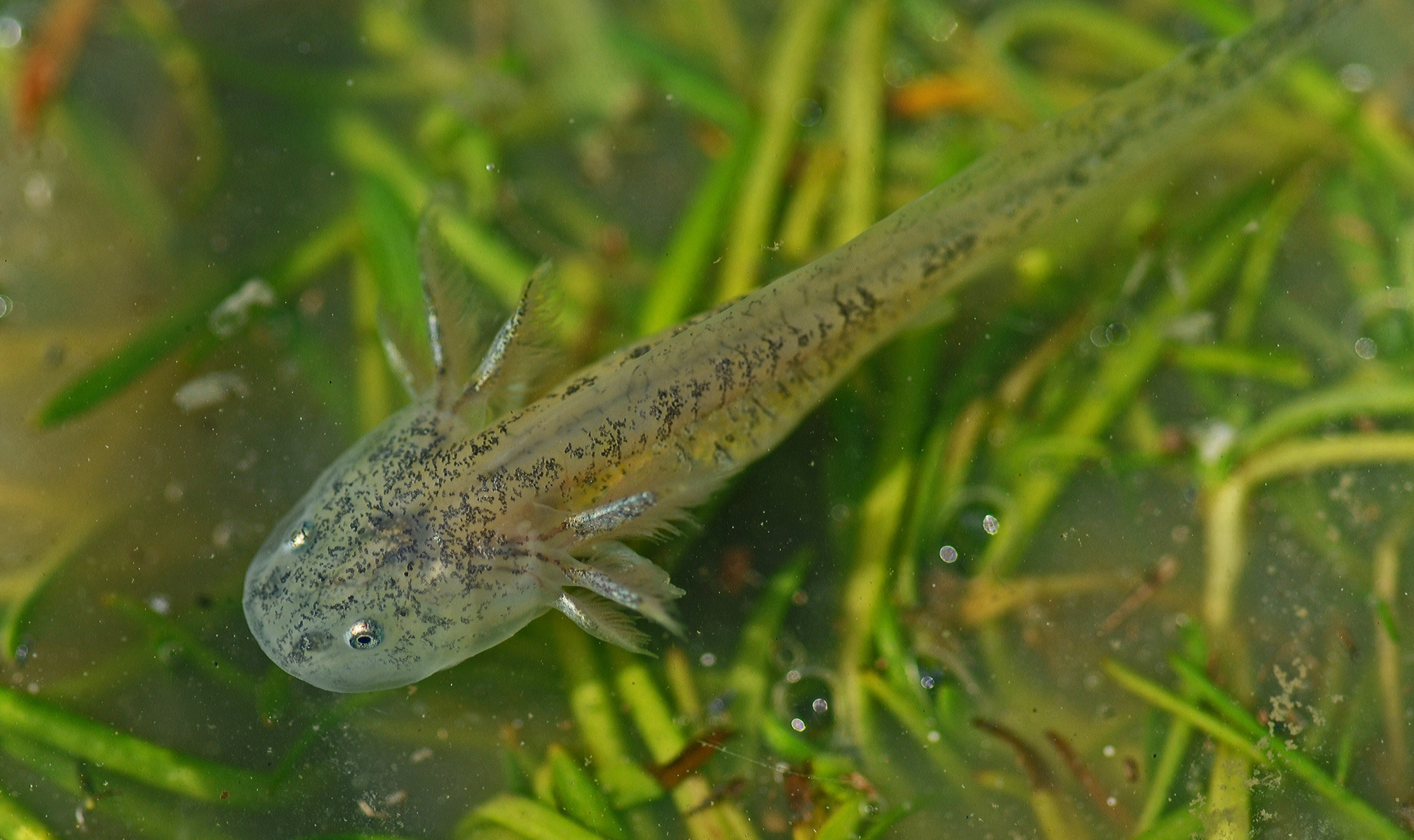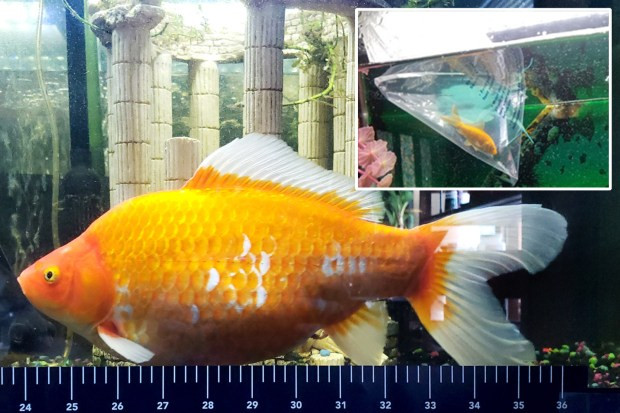Axolotls, with their perpetually smiling faces and unique frilled gills, have captured the hearts of many as fascinating aquatic pets. If you’re captivated by these adorable amphibians, you might be wondering, “Where Can I Buy An Axolotl?” However, before you embark on your search, it’s crucial to understand that owning an axolotl isn’t legal everywhere. This article will guide you through the legal landscape of axolotl ownership and explain why these regulations are in place, ensuring you can make an informed and responsible decision.
Axolotl Ownership: Navigating Legal Restrictions
It’s a common misconception that axolotl ownership bans are due to their critically endangered status in the wild. While wild axolotls are indeed facing extinction, the axolotls kept as pets are descendants of captive-bred colonies. The legal restrictions are not about protecting wild populations, but rather about preventing potential environmental harm.
In the United States, certain states prohibit axolotl ownership to protect their native ecosystems. As of the latest information, these states include California, Maine, New Jersey, and Washington D.C. New Mexico and Hawaii require permits for axolotl ownership, indicating stricter regulations. Similarly, in Canada, axolotls are illegal to own in New Brunswick, British Columbia, and Prince Edward Island, with Nova Scotia requiring a permit. These regulations can be frustrating for enthusiasts, but understanding the reasoning behind them is essential for responsible pet ownership.
The Environmental Concerns Behind Axolotl Bans
The primary reason for these bans is the significant environmental threat axolotls pose if released into non-native ecosystems. Axolotls, while domesticated, are still amphibians that could disrupt local environments if introduced into the wild outside their native habitat of Lake Xochimilco in Mexico.
Captive axolotls are genetically distinct from their wild counterparts. Through generations of breeding, they have been unintentionally crossbred with tiger salamanders and even genetically modified, such as with the introduction of the GFP (Green Fluorescent Protein) gene for research purposes. These changes mean that pet axolotls are no longer genetically identical to wild axolotls and are adapted to captive environments. Releasing them into Lake Xochimilco would not aid wild axolotl conservation and could even introduce genetic pollution.
 California Tiger Salamander larva in a natural pond environment.
California Tiger Salamander larva in a natural pond environment.
The real danger lies in their potential to become invasive species. If released into environments where they are not native, axolotls could outcompete native salamander species for resources and habitat. For example, in California, the release of axolotls could severely threaten native salamanders like the California tiger salamander (Ambystoma californiense). Similarly, the Eastern tiger salamander (Ambystoma tigrinum) in other regions could also be at risk. Axolotls are predators and could disrupt the delicate balance of local ecosystems if they establish themselves in the wild.
The Broader Problem of Invasive Pets
Axolotls are not unique in their potential to cause environmental harm as released pets. History is replete with examples of pets becoming invasive species and wreaking havoc on local ecosystems. Florida serves as a stark example, having recently enacted stricter laws against owning certain reptiles like tegus, green iguanas, and pythons due to the severe ecological damage caused by escaped and released pets. These animals have established themselves in Florida’s environment, outcompeting native species and pushing some towards extinction.
The common goldfish, often perceived as harmless, is another widespread example of an invasive pet. Released goldfish can grow to surprisingly large sizes, reaching 10-12 inches (25-30 centimeters) and living for decades. These hardy fish are adaptable to various environments and can rapidly multiply, outcompeting native fish species in lakes and ponds across the United States and beyond.
 Large goldfish in an outdoor pond, showcasing its size and potential impact on aquatic ecosystems.
Large goldfish in an outdoor pond, showcasing its size and potential impact on aquatic ecosystems.
The Hidden Dangers in Aquatic Plants
The risk of invasive species isn’t limited to animals. Discarded aquatic plants from aquariums can also introduce invasive species and diseases into local waterways. The case of zebra mussels hitchhiking on marimo moss balls highlighted how easily invasive species can be unintentionally spread through the pet trade. Even seemingly harmless plants like duckweed, a common aquarium plant, can become invasive and disrupt ecosystems if improperly disposed of.
Proper disposal of aquatic plants is crucial. Never flush them down the toilet or discard them in or near natural waterways. The best way to dispose of aquarium plants is to throw them in the trash. Alternatively, consider offering plant trimmings to fellow hobbyists through online communities like r/aquaswap, promoting responsible sharing within the aquarist community.
Responsible Axolotl Ownership and Finding Legal Options
While axolotl ownership may be restricted in certain areas, it is legal in many other locations. If you live in an area where axolotls are permitted, you can find them from reputable breeders or specialized pet stores. Always ensure you are purchasing from ethical sources who prioritize the health and well-being of their animals. Avoid impulse buys and research breeders or stores thoroughly.
Before bringing an axolotl home, verify the legality of ownership in your specific region and obtain any necessary permits. Responsible pet ownership begins with understanding and respecting local regulations.
Even if you reside in an area where axolotls are banned, you can still contribute to conservation efforts by supporting organizations dedicated to protecting wild axolotl populations and their habitat in Lake Xochimilco.
Conclusion: Owning Pets Responsibly
While the question “where can I buy an axolotl?” is a natural starting point for enthusiasts, it’s essential to broaden the perspective to responsible pet ownership. Understanding the legal restrictions and the environmental reasons behind them is paramount. By respecting these regulations and practicing responsible pet ownership, we can collectively minimize our impact on fragile ecosystems and ensure a healthier planet for all. Centuries of habitat destruction highlight the importance of taking precautionary measures and preventing further ecological damage through the responsible handling of pets and aquatic plants.

